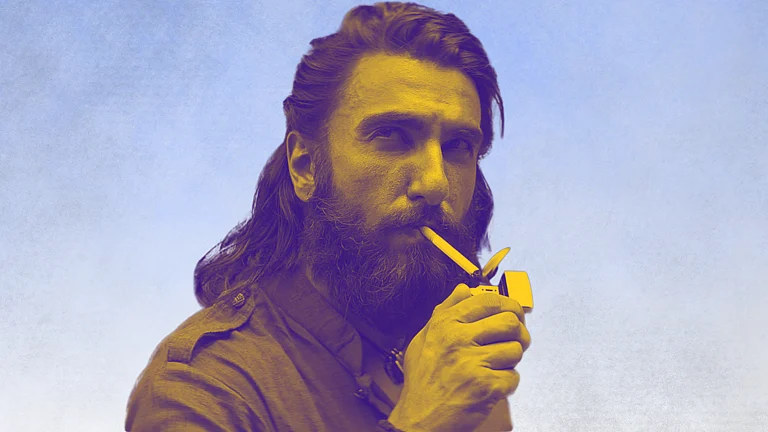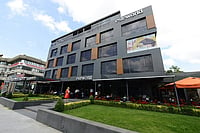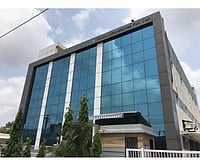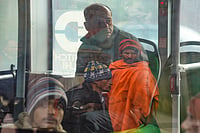Prostate cancer is rising fast among men over 50, and in India alone, nearly 38,000 cases were reported in 2022. While most patients recover, the treatment is expensive, ranging from ₹1 lakh to ₹15 lakh, depending on the specific needs. With medical inflation at around 12%-14%, costs continue to rise. That is why early health insurance matters. Buying a policy in your 20s not only gives you lower premiums but also helps you complete waiting periods. Modern policies also offer valuable add-ons, such as critical illness cover, restoration benefits, and cashless hospitalisation, providing you with stronger protection when it matters most.
Introduction
Prostate cancer is one of the leading cancers in men, especially among males aged 50 or above, not only in India but across the globe. According to data, 37,948 individuals were affected by prostate cancer, which accounted for 2.7% of the total 14 lakh active cases of cancer in India in 2022.
Prostate cancer is a type of cancer that develops in the prostate gland, a small, walnut-shaped gland in men that produces seminal fluid. Most people are cured from prostate cancer, but it often involves expensive and advanced treatment, making early health insurance more essential than ever.
The Rising Cost of Prostate Cancer Treatment
The cost of treating prostate cancer in India is rising because of these two major factors:
Medical inflation
The rising number of cases
Medical inflation refers to the rise in the cost of healthcare services over time, including hospital charges, medicines, diagnostic tests, medical procedures and doctor consultations. Currently, India records a medical inflation rate of 12% to 14%.
Also, India is considered one of the go-to nations for prostate cancer treatment because of the cheap treatment cost compared to Western nations and good medical infrastructure. This increasing number of foreign medical treatments further inflates the cost of treatment.
Currently, the prostate cancer treatment cost ranges anywhere from ₹1,00,000 to ₹15,00,000, depending on the hospital, treatment type and more.
Here is the table to learn about the average different prices by treatment type.
Treatment Type | Cost in INR |
Prostatectomy (Surgery) | ₹250000 – ₹600000 |
Radiation Therapy (IMRT/IGRT) | ₹200000 – ₹450000 |
Brachytherapy | ₹300000 – ₹650000 |
Hormone Therapy (per session) | ₹30000 – ₹100000 |
Chemotherapy (per cycle) | ₹70000 – ₹200000 |
Targeted Therapy | ₹250000 – ₹700000 |
Immunotherapy | ₹350000 – ₹800000 |
*Prices are approximate and may vary based on individual cases and treatment conditions.
The rising cost of medical treatments like prostate cancer calls for early health insurance.
Buying Health Insurance at an Early Age
Individual health insurance in your mid-20s and early 30s is not merely about ensuring coverage; it also strategically safeguards your long-term financial health. When you invest in an insurance plan early, insurers consider you low-risk.
This means your premiums are significantly lower because, when you are younger, your overall health profile is typically stronger. You are likely to have an active lifestyle, fewer medical issues, and a lower risk of developing chronic conditions. That is why insurance companies are more willing to approve your application quickly and with low premiums.
Also, most of the health insurance policies have a PED clause (pre-existing disease), i.e., you need to wait a period of 2 to 4 years, depending on your policy, for the diseases you already had. Certain diseases like hernia, cataract, prostate cancer and more have a waiting period of at least two years.
Buying health insurance early not only locks in lower premiums but also allows you to complete waiting periods well in advance, so you are fully protected when critical health risks typically start to surface in your 30s or 40s.
Additionally, you are eligible for deductions for premiums paid towards health insurance under Section 80D of the Income Tax Act.
What is Critical Illness Insurance?
It is a type of specialised insurance that provides financial cover for life-threatening diseases like heart stroke, cancer and more. Unlike standard health insurance, where you get covered for a broad spectrum of medical expenses, in critical illness insurance, you get a lump sum amount.
You can either take critical illness insurance as the rider in your current health insurance plan or take a separate policy.
If you took the critical illness rider, you would pay less premium compared to the premiums of a standalone critical illness insurance. However, standalone policies may have higher premium payouts, but they have wider coverage and larger payouts.
Smart Ways to Use Critical Illness Money
There is no restriction on how to use the critical illness money. You can use it as:
Cover out-of-pocket expenses: You can use the funds for treatments not covered by your regular health insurance that includes experimental procedures, post-treatment therapies or high-end medications.
Manage loss of income: If the illness disrupts your ability to work, use the money to cover household expenses, EMIs, school fees or utility bills during recovery.
Home care and recovery support: Consider hiring a professional caregiver, investing in home nursing services, or modifying your home to accommodate new health needs (e.g., installing wheelchair ramps or hospital beds).
Repay debts: Clear existing personal loans, credit card bills or other liabilities to ease financial pressure on the family.
Conclusion
With healthcare costs climbing across the board, securing a robust health insurance plan in your 20s or 30s is the smartest move for long-term security. The earlier you begin, the more benefits you unlock: lower premiums, broader coverage, fewer exclusions and more. Also, ensure that when buying a health insurance plan, you opt for a plan with a minimum insured amount of ₹10,00,000 to cover the rising costs of quality treatment and hospitalisation.
Disclaimer: The above information is for illustrative purpose only. For more details, please refer to policy wordings and prospectus before concluding the sales.


























